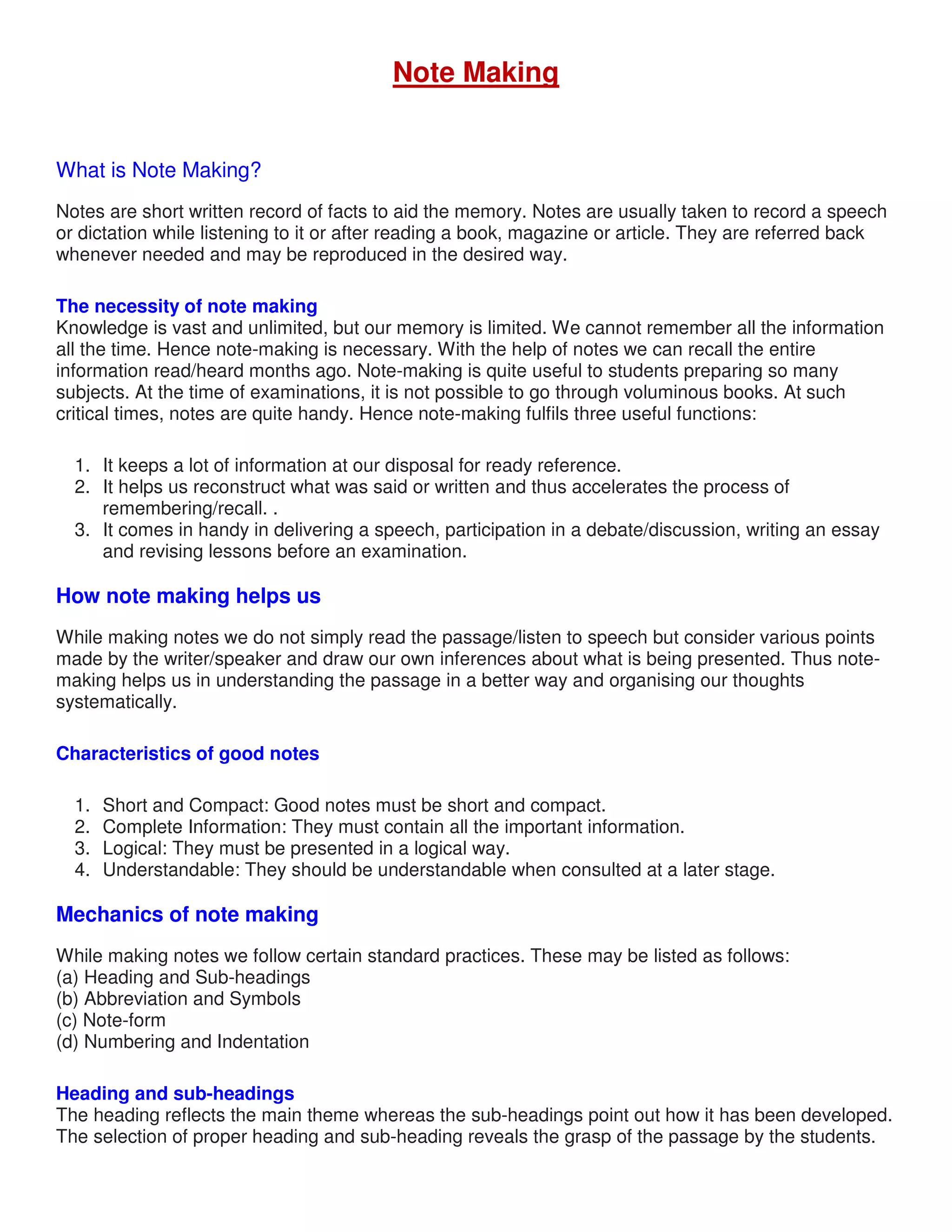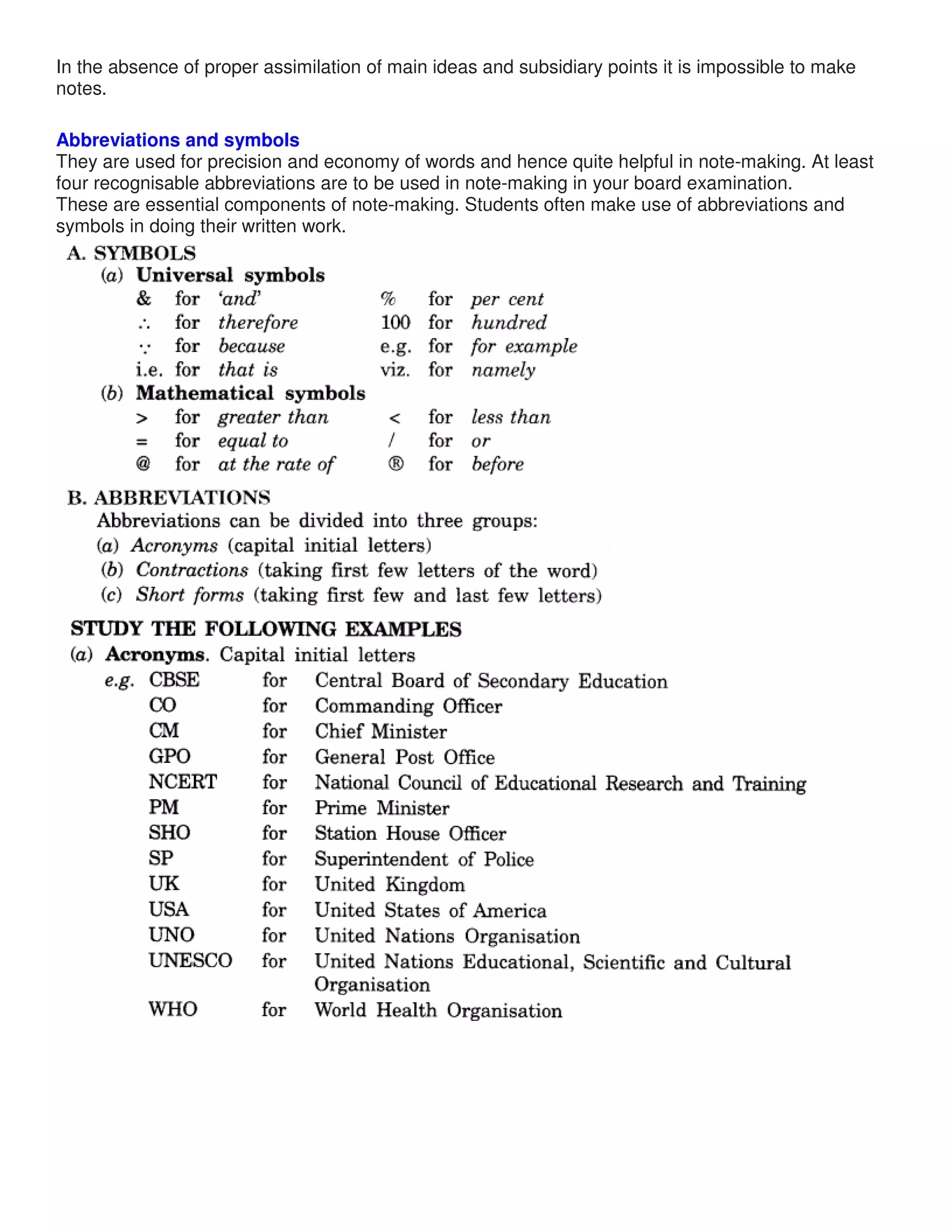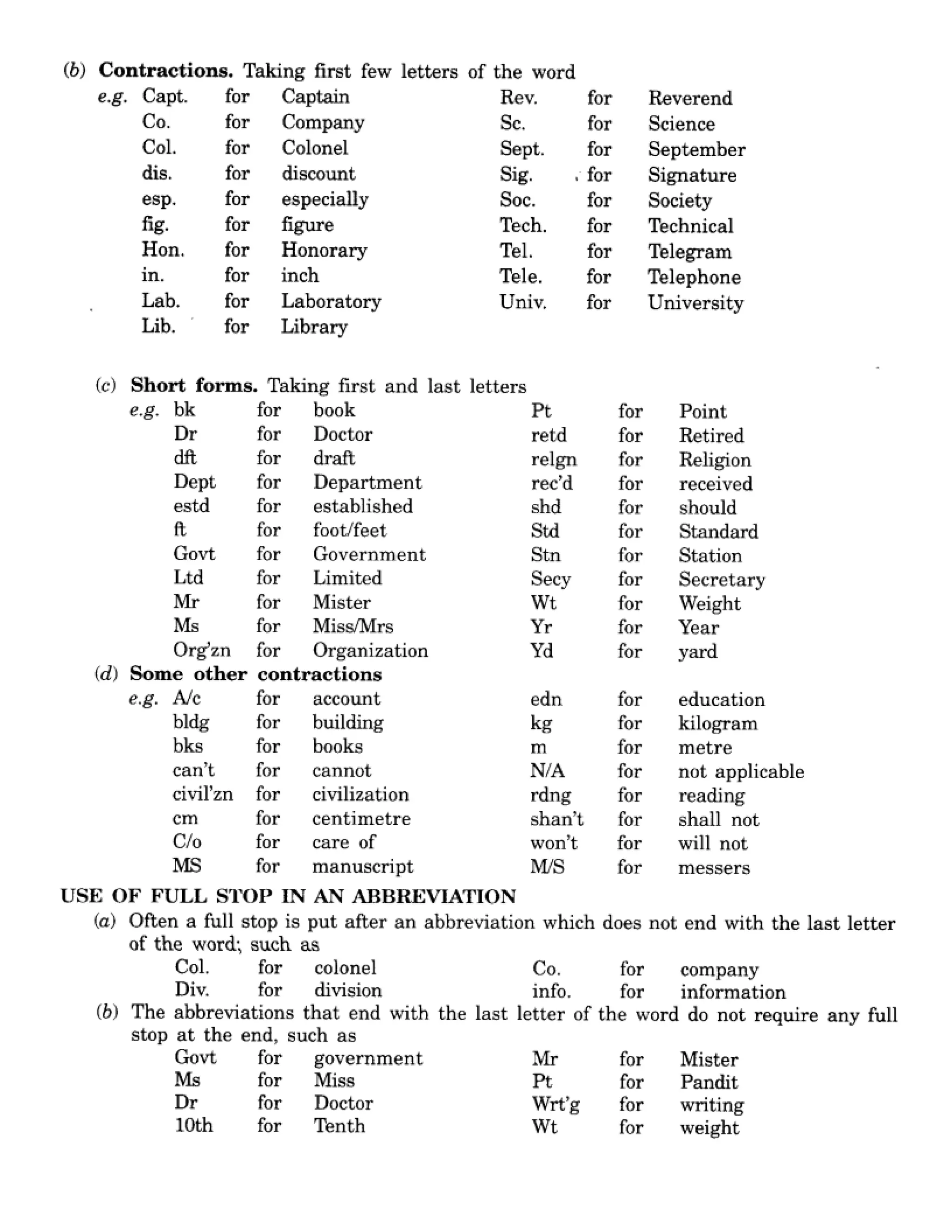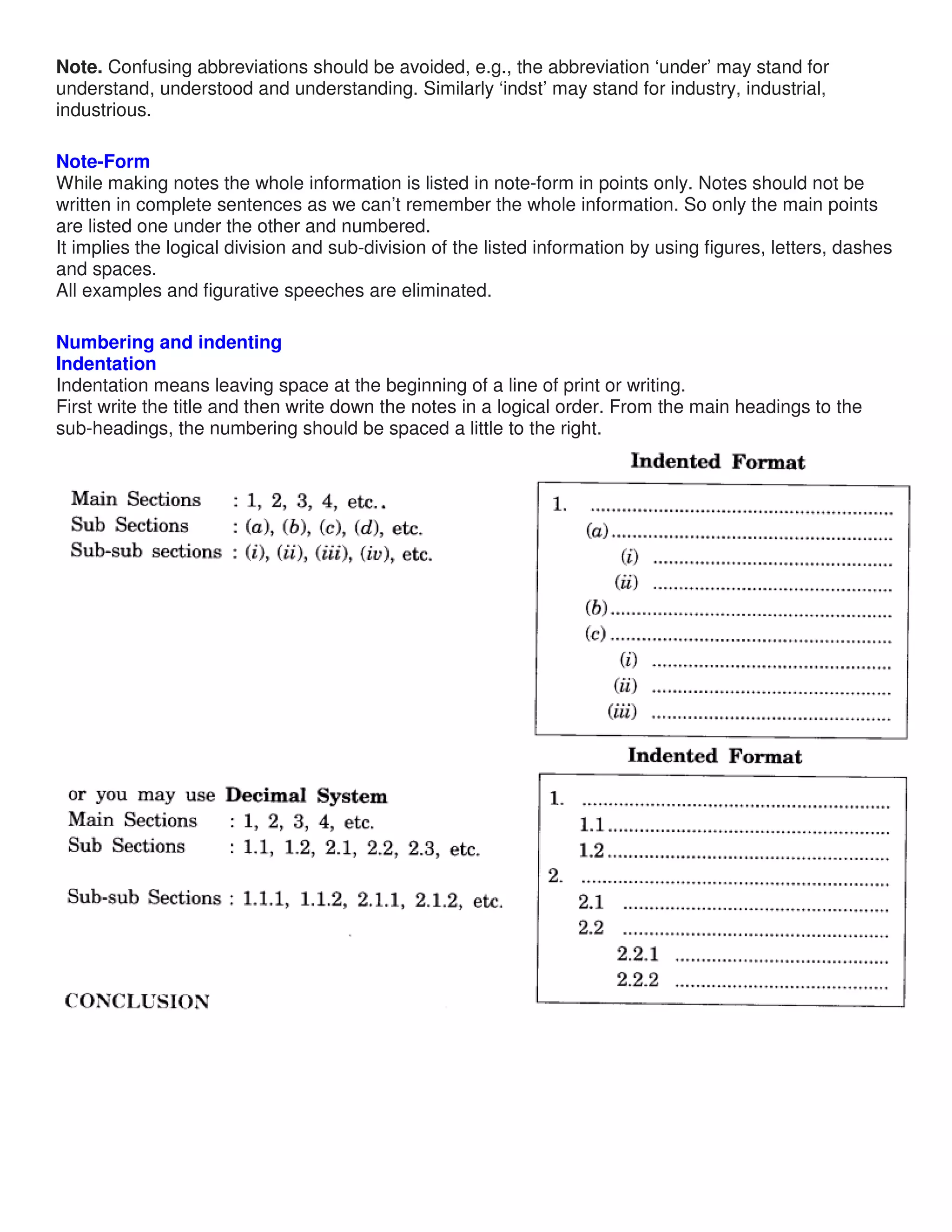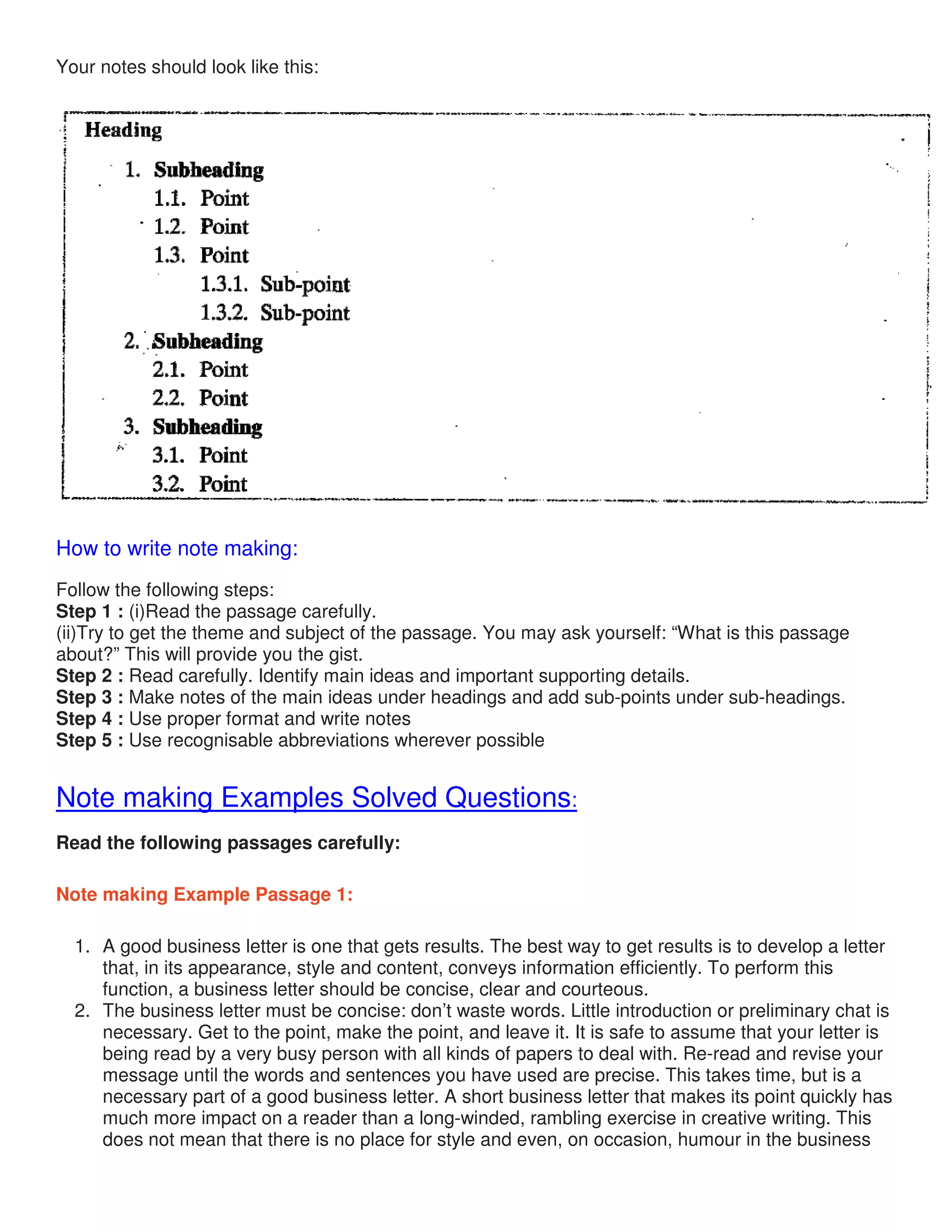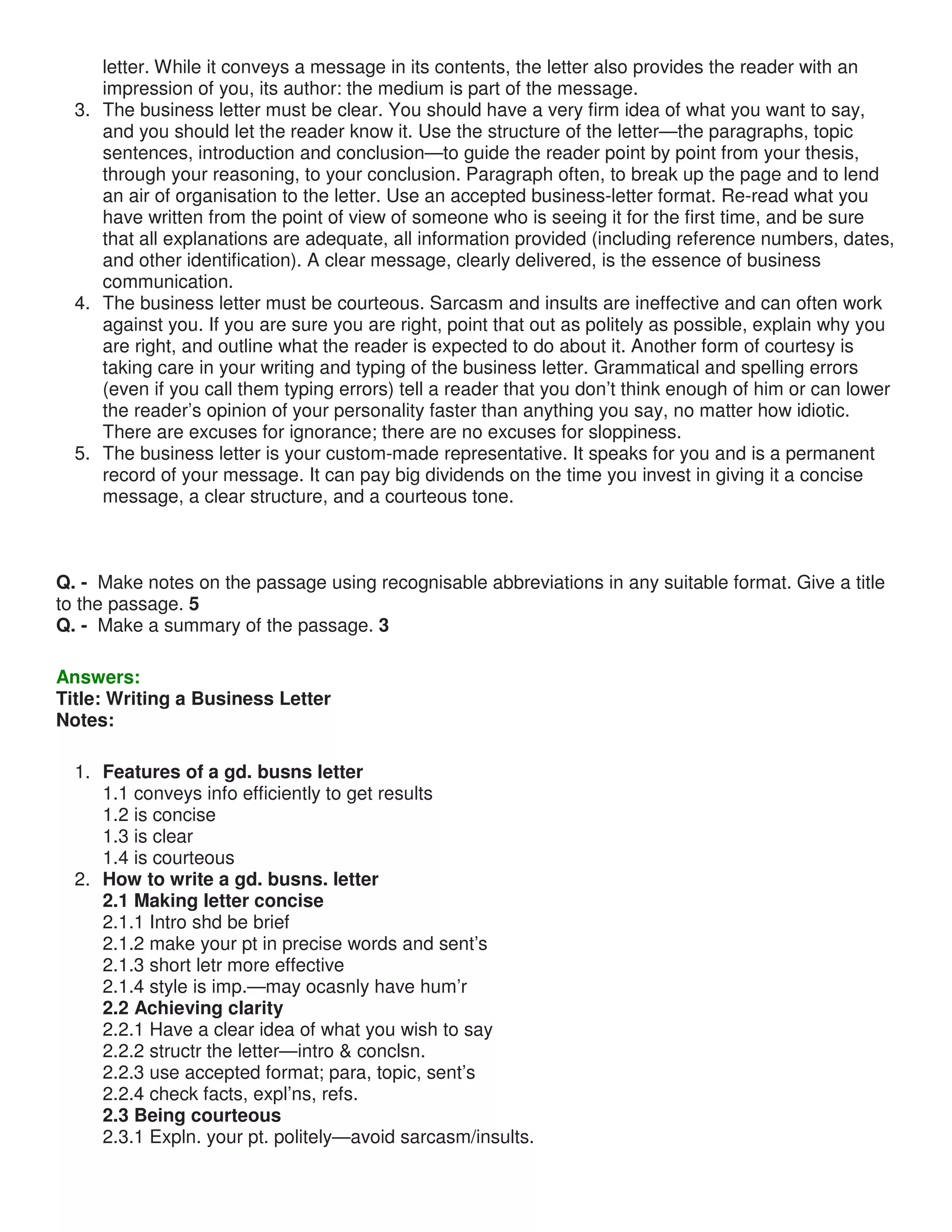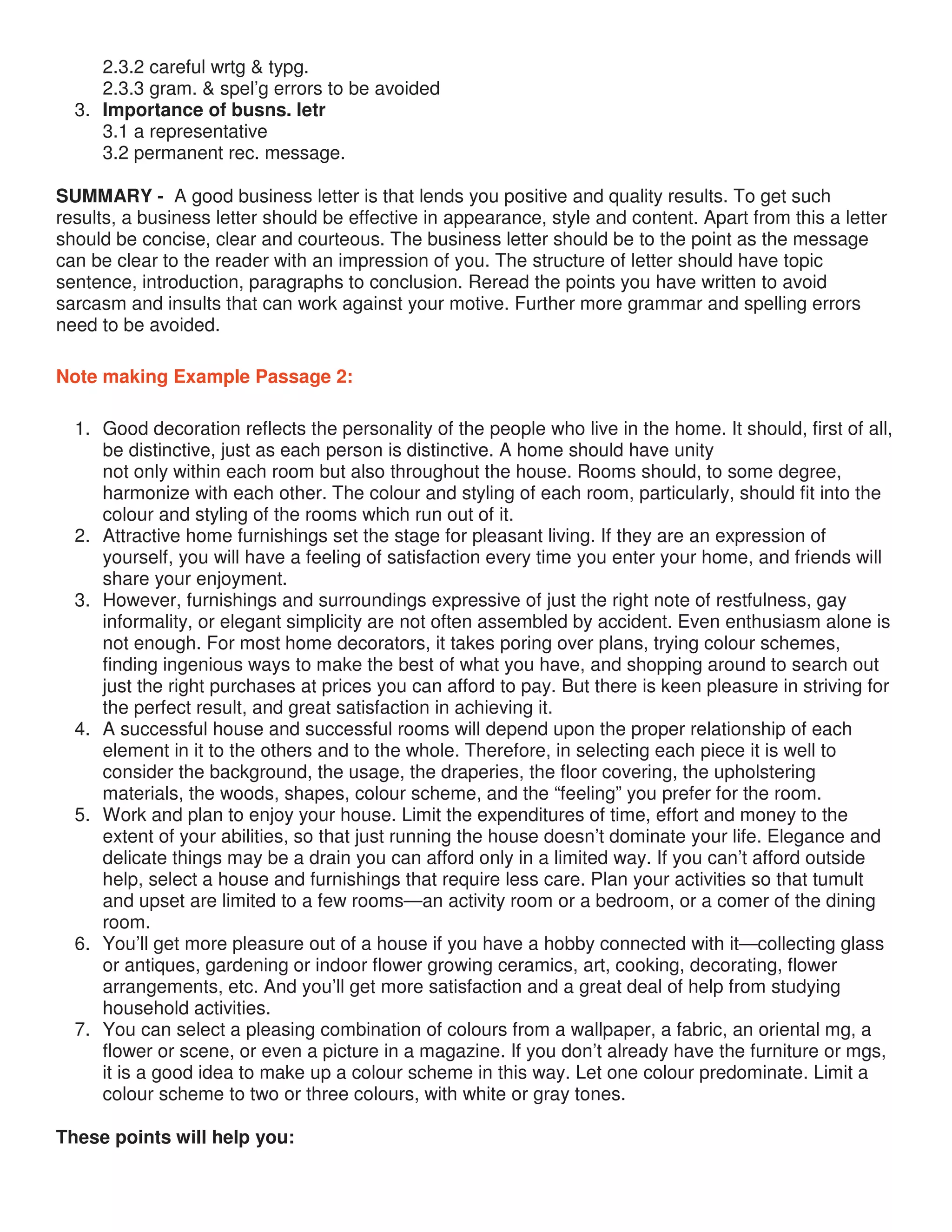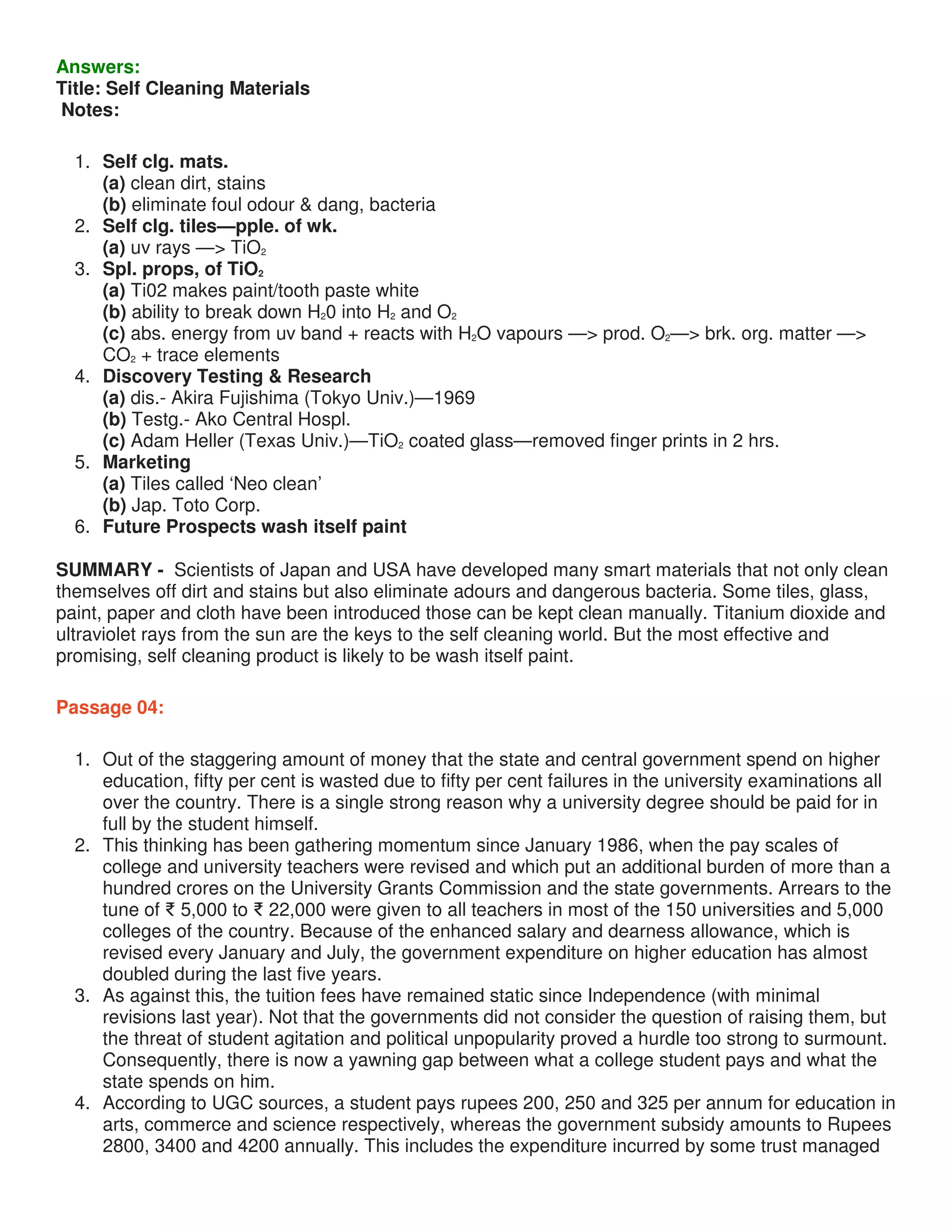Researchers in the USA and Japan are developing smart materials that can clean themselves by utilizing titanium dioxide's catalytic properties, which can break down dirt, stains, and harmful bacteria when exposed to UV light. Some products, like self-cleaning tiles, are already on the market and have proven effective in killing bacteria while maintaining their cleanliness despite minimal surface coating. Future developments may include self-cleaning paints and materials that can purify air behind them, showcasing the potential of titanium dioxide in various applications.
